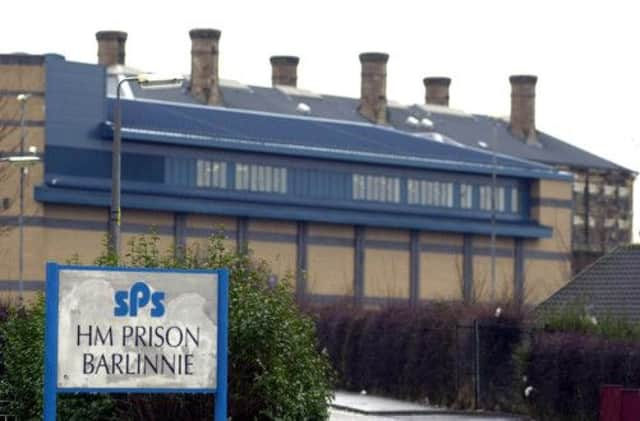Sectarianism play posing vital questions


The stage manager starts up the music, and around 70 prisoners file in, group by group; first the women, then the men, then the “lifers”, a notably older and smaller group, gathered at the back.
The play, Scarfed For Life, is a loud, lively piece about sectarianism in Glasgow, put together by the Citizens’ Theatre’s Community Programme for a tour financed by the Scottish Prison Service. Originally written by playwright Martin Travers for performance in schools, and directed by Citizens’ Community director Guy Hollands, Scarfed For Life has been scaled up for adult audiences, and uses a mix of broad, mouthy comedy and serious agitprop to tell the story of two teenage friends, Courtney and her next-door neighbour, Jack, who both find themselves facing serious problems – bullying and violent aggression – simply because Courtney’s family are Rangers-supporting Protestants, and Jack’s are Celtic-supporting Catholics.
Advertisement
Hide AdThe play features some fine performances, notably from the three women in the cast, Gemma McElhinney, Angela Darcy and Michelle Gallagher; it’s been seen in eight prisons across Scotland this autumn, and each performance is followed by a discussion, usually led by Mark Adams of the Glasgow City Council-sponsored project, Sense Over Sectarianism. And this is not the only prison-related project on the Citizens’ current programme; following a successful project at Barlinnie in 2011, they are now starting a three-year project there, funded by Creative Scotland and the Scottish Government’s Criminal Justice programme, which will enable small groups of prisoners to work on every aspect of creating a play, from writing and sound design to acting and performance.
It’s a fascinating programme of work, and to judge by the responses after the show – which range from outright sectarian comments about how the violence is all the Rangers guy’s fault, to thoughtful questions about the spike in domestic violence that follows Old Firm games – a play like Scarfed For Life can play a useful role in challenging entrenched attitudes. The event, though, does raise a couple of questions. The first is about the huge range of skills and talents an organisation like the Citizens’ Theatre brings to this job, and the extent to which that talent base is dependent on the theatre’s life as a creator of great work for the whole community, not just for groups perceived as having a particular problems or issues. In a climate of austerity around public spending, it may be easier to fund artistic projects that have an obvious, targeted and immediate social purpose; but, in fact, the core funding of companies like the Citizens’ is essential, and makes possible the quality and originality of a show like Scarfed For Life.
And then secondly, there are the deep questions raised about what creative projects in prisons can hope to achieve, as part of a rehabilitation programme. In a short-stay prison like Barlinnie – set to stage its own arts festival in November – it’s easy to understand the key role play-making might have in enabling men to imagine the different paths they might follow on leaving prison, and to develop the sense that a better life is possible. At Greenock though – well, for the young men and women prisoners, the play is an experience that links them to their future lives outside, and invites them to think about how people can begin to take responsibility for their own response to sectarian issues. For that small group of lifers at the back of the hall, though, this is another story, about a group for whom freedom, and its dilemmas, can only be a distant memory; and whose situation leads us back to the biggest questions of all, about whether art and self-expression can – or should – help give some meaning, to lives permanently shadowed by confinement and death.